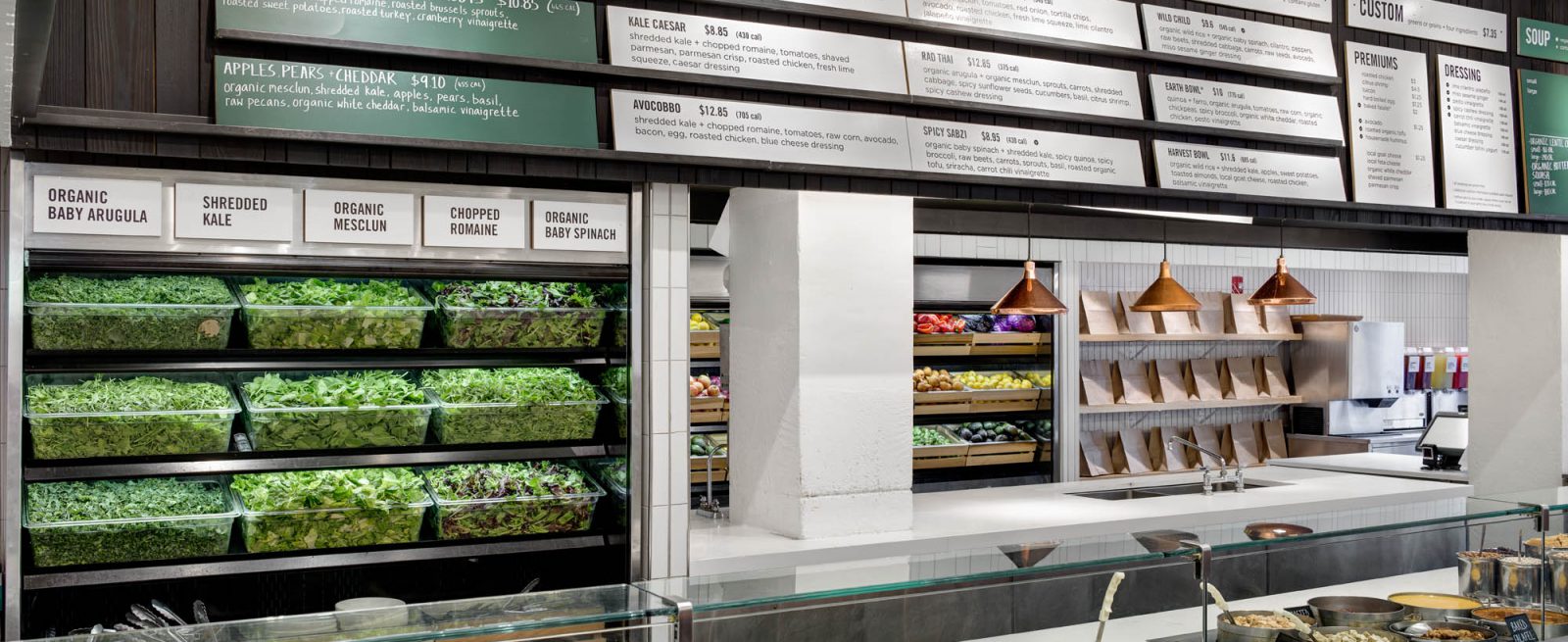Better Than: The Secret to Fast Casual’s Ongoing Success
3 Min Read By Kelsey Chessey
Fast Casual is defined by fresher and higher quality ingredients, more complexly flavored made–to–order dishes, slightly more upscale and distinctive interior design, lower average meal prices than full–service locations, and operations designed to deliver quickness for both the consumer and the owner.
It's this combination of dynamic menus with healthier alternatives to fast food and the convenience they deliver to an increasingly busy consumer set that has led to the incredible growth of the fast casual segment. According to Euromonitor, fast-casual has grown 10.4 percent from 2014 to 2015, nearly double the 5.7 percent growth of the foodservice industry as a whole. Considering that the next generation of consumers is already contributing to that growth-rate, it's time to take a look at what's really driving the market and how brands can leverage those key elements for their future developments.
Be Better Than, But Not More ThanThe desire for better quality food is one of the…
Sorry, You've Reached Your Article Limit.
Register for free with our site to get unlimited articles.
Already registered? Sign in!


